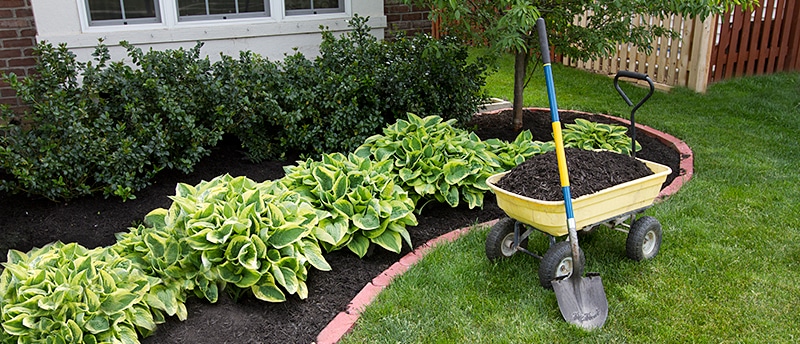
Stylish Townhouse Decor Inspiring Ideas for Every Room
Embracing Townhouse Living
Townhouses offer a unique blend of charm, convenience, and style. Whether you’re a city dweller or suburbanite, infusing your townhouse with stylish decor can elevate every room, making it a true reflection of your personality and lifestyle.
Living Room Elegance
The living room serves as the heart of the home, where family and friends gather to relax and socialize. When decorating your townhouse living room, aim for a balance of comfort and style. Consider plush sofas and armchairs in neutral tones, accented with vibrant throw pillows and cozy throws. Incorporate a statement area rug to anchor the space, and add depth with artwork and decorative accents that reflect your personal taste.
Kitchen Charm
In townhouse kitchens, maximizing space is key. Opt for sleek cabinetry and countertops in timeless finishes such as white or light wood to create a bright and airy atmosphere. Open shelving can add visual interest while providing storage for cookware and accessories. Incorporate stylish pendant lighting above the island or dining area to enhance both functionality and ambiance.
Dining Area Delight
Whether you have a formal dining room or a cozy breakfast nook, the dining area is an opportunity to showcase your townhouse decor style. Choose a dining table and chairs that complement the overall aesthetic of your home, whether it’s rustic farmhouse charm or modern elegance. Add personality with a statement chandelier or pendant light fixture, and complete the look with table linens, dinnerware, and floral arrangements that add a touch of sophistication.
Bedroom Retreat
Create a serene and inviting retreat in your townhouse bedroom with thoughtful decor choices. Start with a comfortable bed dressed in luxurious linens and plush pillows for a cozy night’s sleep. Consider a soothing color palette of soft neutrals or muted pastels to promote relaxation. Add texture with upholstered headboards, area rugs, and draperies, and personalize the space with artwork, mirrors, and decorative accents that reflect your personal style.
Bathroom Oasis
Transform your townhouse bathroom into a spa-like oasis with stylish decor and thoughtful design elements. Choose sleek fixtures and finishes in coordinating metals for a cohesive look, and opt for a combination of task and ambient lighting to create a warm and inviting atmosphere. Incorporate storage solutions such as floating shelves or built-in cabinetry to keep clutter at bay, and add luxurious touches like fluffy towels, scented candles, and bath accessories for a touch of indulgence.
Home Office Haven
For those who work from home or need a dedicated space for studying and creative pursuits, a well-designed home office is essential. Choose a functional desk and ergonomic chair that promote productivity and comfort, and incorporate storage solutions such as bookcases, filing cabinets, and wall-mounted shelves to keep your workspace organized. Add personality with artwork, decorative accents, and inspirational quotes that inspire creativity and motivation.
Outdoor Retreat
If your townhouse has outdoor space, whether it’s a small patio, balcony, or rooftop terrace, don’t overlook the opportunity to create an outdoor retreat that seamlessly extends your indoor living space.

:max_bytes(150000):strip_icc()/27372_LBurton_101822_05-4648d290e31e4097823387ecebc4f280.jpg)













